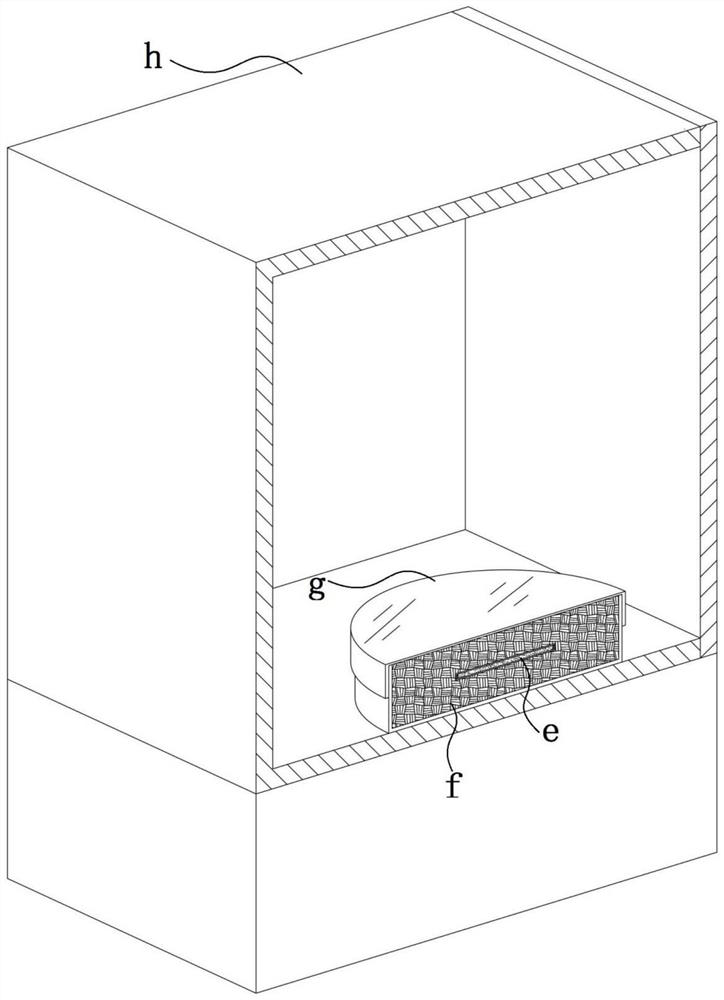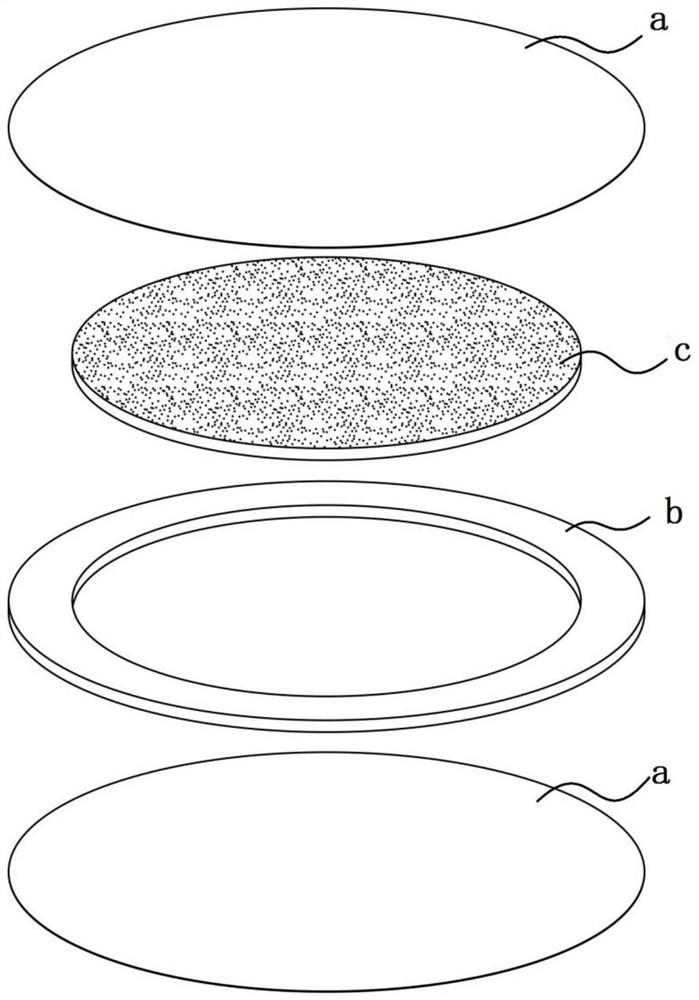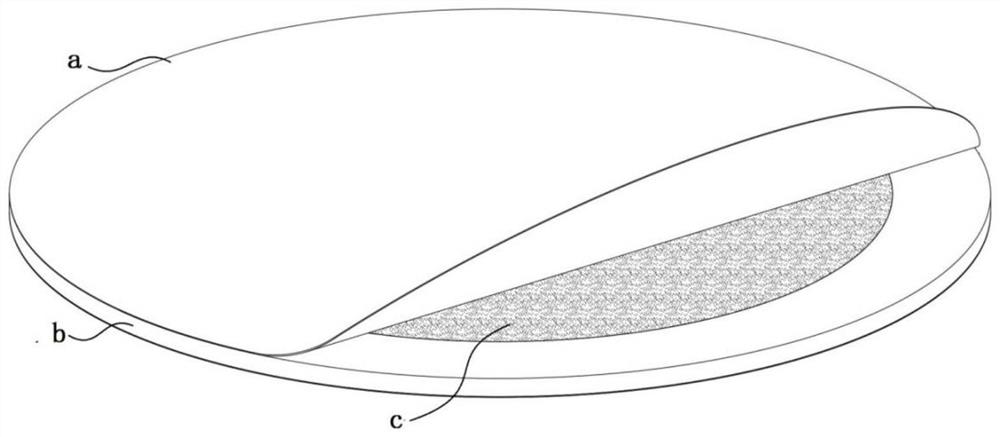Method for trapping soil microorganisms
A technology of soil microorganisms and microorganisms, which is applied in the field of microbial cultivation, can solve the problems of special microorganisms that are difficult to cultivate, cannot obtain all information of microorganisms, and is not suitable for growth, etc., and achieve the effect of expanding the separation depth, slowing down the reproduction speed, and eliminating the influence of shading
- Summary
- Abstract
- Description
- Claims
- Application Information
AI Technical Summary
Problems solved by technology
Method used
Image
Examples
Embodiment 1
[0059] In order to clarify the efficiency of microbial trap enrichment method D7 (referred to as enrichment method D7, the same below) for cultivating microorganisms, we compared it with the conventional culture method CK in terms of the number of cultivable colonies and the species of cultivable bacteria.
[0060] 1. Enrichment method D7:
[0061] S1: microbial trapping,
[0062] (1) After the soil sample is removed of impurities and larger lumps, put it into a glass petri dish with a diameter of 120 mm, the thickness of the soil layer is about 1.5 cm, and use distilled water to moisten the soil with a titration bottle;
[0063] (2) if figure 2 , 3 As shown, to prepare the microorganism trapping device, first apply glue on the edge of the microporous membrane a with a diameter of 50 mm and a pore size of 0.45 μm, and place a stainless steel flat-bottomed gasket b on the microporous membrane a; then add 3mL solid medium c, solid medium c contains 1.2% gellan gum and 1.0% v...
Embodiment 2
[0075] In order to clarify the culture temperature and humidity suitable for the bacteria isolated by the enrichment method D7, soil bacteria were cultivated according to the enrichment method D7 at different culture temperatures, and the number of cultivable bacteria isolated under different conditions was compared; by adding different amounts of Sterile water simulates low, medium and high humidity conditions, and analyzes the influence of humidity on the number of bacteria isolated.
[0076] Embodiment 2 is except that following test and result are different, all the other operation steps are identical with embodiment 1.
[0077] 1. The influence of culture temperature on the number and types of culturable bacteria
[0078] The culture devices were respectively placed at 25°C, 30°C, 37°C and room temperature (the temperature is not stable, culture at 20-35°C.
[0079] 2. Effect of soil moisture on the number and types of cultivable bacteria
[0080] The production of the ...
Embodiment 3
[0083] Further, in order to clarify the influence of trapping medium and separation medium on the number of cultivable bacteria, agar and gellan gum were used as trapping media to trap soil bacteria, and the influence of the two media on the number of cultivable bacteria was analyzed; The microbiological isolation medium was used to cultivate bacteria, and the differences in cultivable bacteria isolated from different media were compared, which provided a reference for the efficient use of the enrichment method D7 to isolate soil bacteria.
[0084] Embodiment 3 is except that following test and result are different, all the other operation steps are identical with embodiment 1.
[0085] 1. Effects of different trapping media on the number of cultivable bacteria
[0086] (1) When making the microorganism trapping device, a solid medium c is set to treat with 1.2% gellan gum and 1.2% agar as the supporting medium respectively;
[0087] (2) The culture device is placed in a 28°C i...
PUM
 Login to View More
Login to View More Abstract
Description
Claims
Application Information
 Login to View More
Login to View More - R&D
- Intellectual Property
- Life Sciences
- Materials
- Tech Scout
- Unparalleled Data Quality
- Higher Quality Content
- 60% Fewer Hallucinations
Browse by: Latest US Patents, China's latest patents, Technical Efficacy Thesaurus, Application Domain, Technology Topic, Popular Technical Reports.
© 2025 PatSnap. All rights reserved.Legal|Privacy policy|Modern Slavery Act Transparency Statement|Sitemap|About US| Contact US: help@patsnap.com



